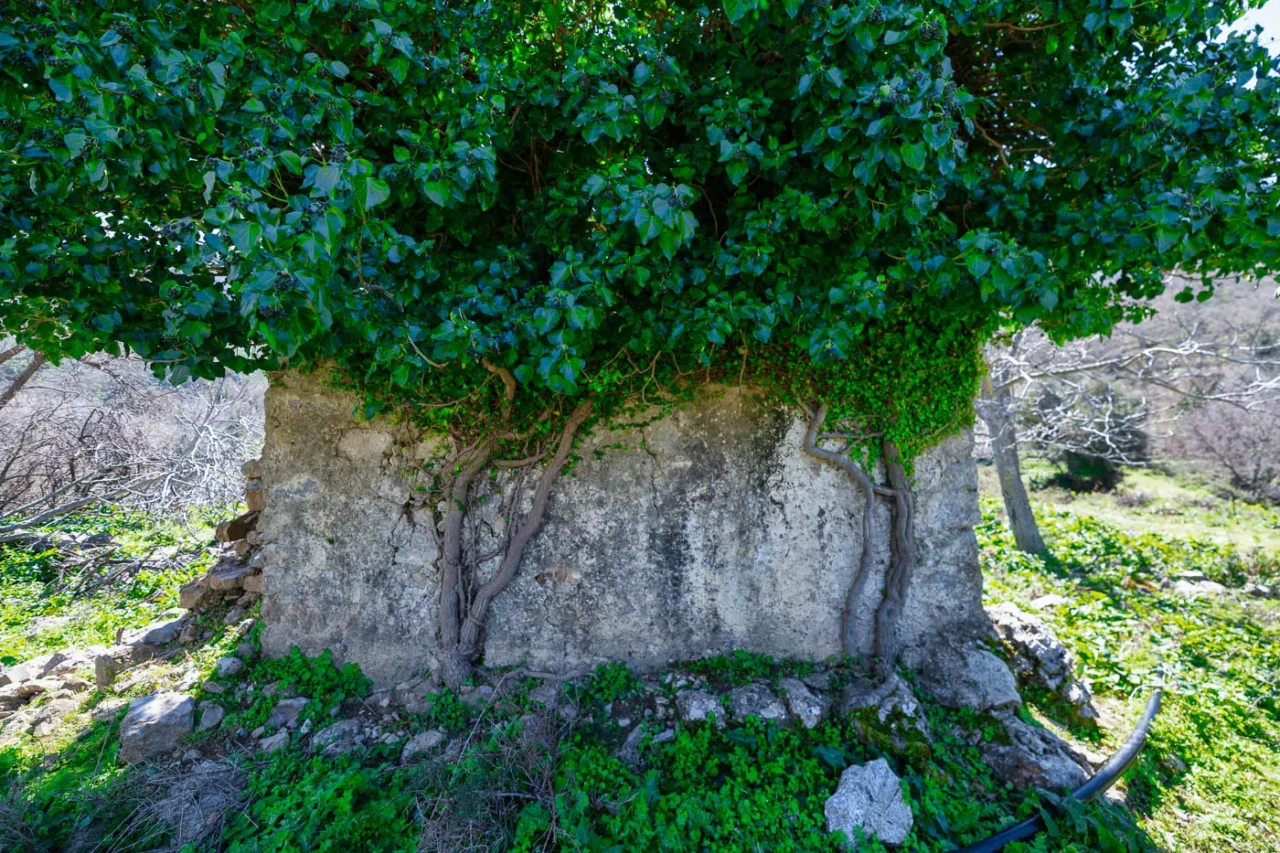
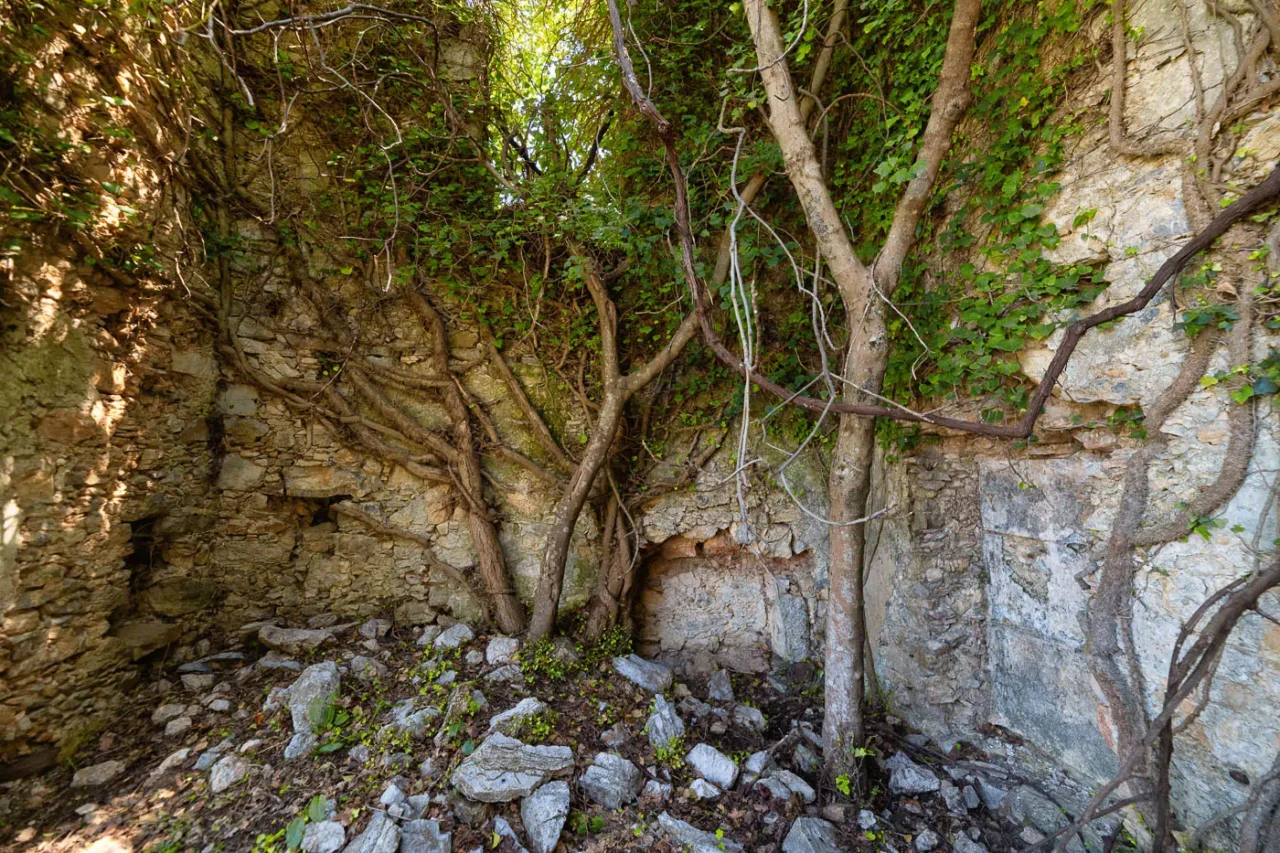
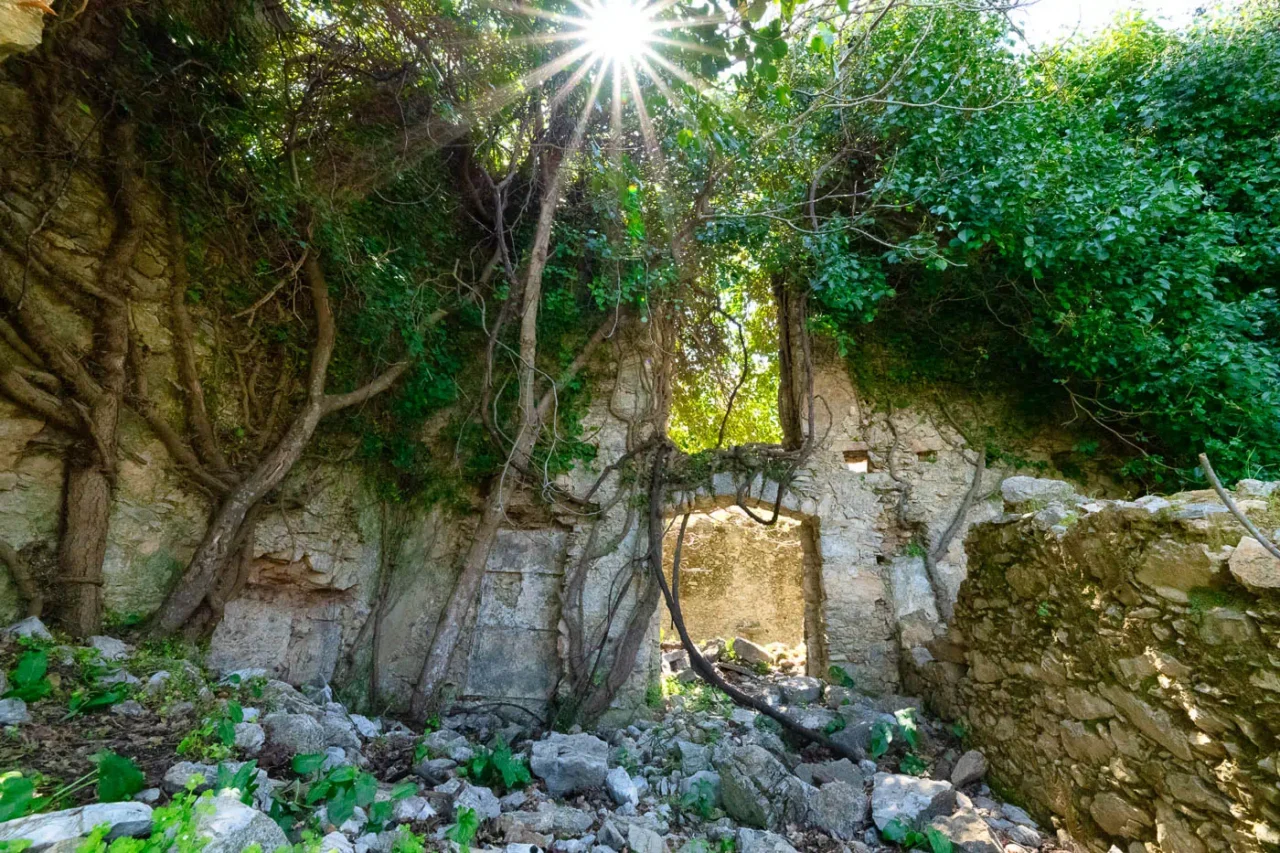
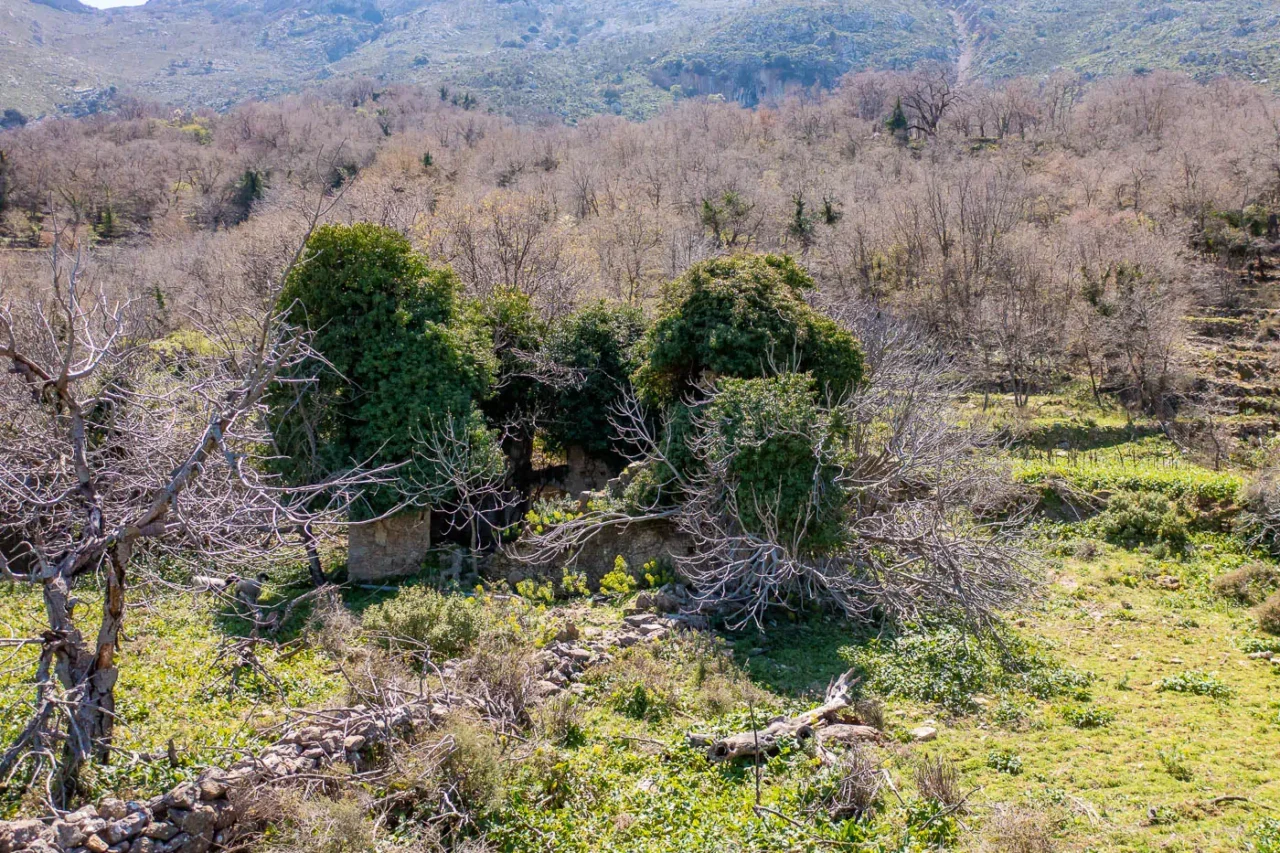
Gourgouthoi is a small abandoned village located in the Amari Valley in the Rethymno regional unit of Crete, Greece. The village’s name is believed to originate from the Cretan word “gourgouthos,” meaning a small pool where water collects, or alternatively, from the Latin word “gurguetium,” meaning a hut.
History
Although largely deserted in recent times, Gourgouthoi boasts a long history of continuous habitation spanning centuries. Its earliest recorded mention dates back to a Venetian document, highlighting its existence during the Venetian era.
The village faced a devastating blow during the Nazi occupation of Crete in World War II. In 1944, German forces looted and burned Gourgouthoi and executed most of its male residents. While attempts were made to rebuild, the village never fully recovered and eventually became abandoned towards the end of the 20th century.
Location & Setting
Gourgouthoi is situated in the heart of the Amari Valley, approximately 42 kilometers from Rethymno, at an elevation of 680 meters. The village is surrounded by a lush landscape of fruit trees (cherry, sour cherry, apple) and natural springs.
Demographics
Historical records indicate a fluctuating population in Gourgouthoi. In 1583, it had 112 inhabitants. By 1834, the population comprised 12 Christian families. In 1881, it was part of the Municipality of Monastiraki with 55 Christian residents. In 1920, it belonged to the rural Municipality of Smile with 39 inhabitants. By 1940, the population had slightly increased to 43. The village have not recovered and was not rebuilt after the World War II executions in 1944.
Landmarks
- Church of Agios Georgios (Merkatone): A 15th-century church.
- Church of Zoodochos Pigi: Another church within the village.
- Church of Agios Ioannis Prodromos and Agia Anna: A 14th-century Byzantine church with remnants of frescoes, located near the old village.
The Massacre of 1944
On August 22, 1944, German forces destroyed all 17 houses in Gourgouthoi. The men were taken to Kardaki, where three were selected for execution along with 17 others from neighboring villages.
Current Status
Gourgouthoi is currently uninhabited. The old part of the village, destroyed in 1944, remains in ruins, while some newer houses built after the war are occasionally used as seasonal residences or “metochia” (agricultural dependencies). The village’s landscape is dominated by overgrown vegetation, creating an evocative atmosphere.
Etymology
The name “Gourgouthoi” is thought to derive from the Cretan word “gourgouthos,” meaning small pools of water that collect on rocks. A less likely theory suggests it may come from the Latin “gurguetium,” meaning a hut.
Additional Information
- The village’s historical journey is reflected in its churches, including the ruined Byzantine church of Agios Georgios, Agios Ioannis Prodromos and Agia Anna.
- The surrounding area is rich in natural beauty, with abundant fruit trees, springs, and scenic landscapes.













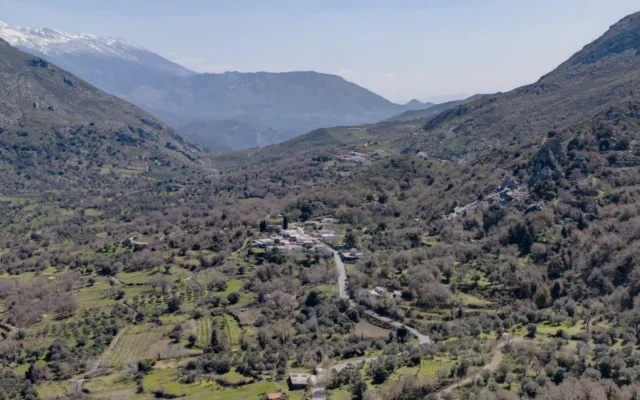

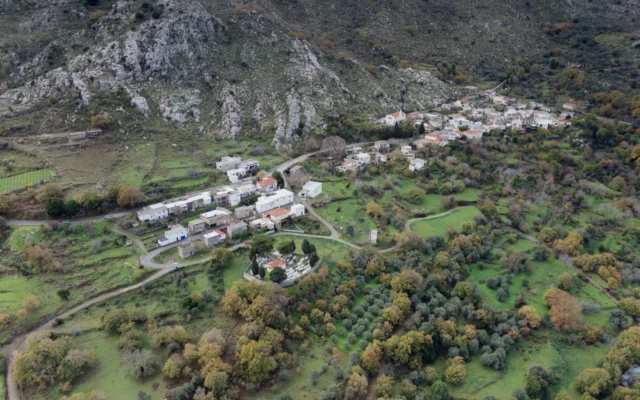

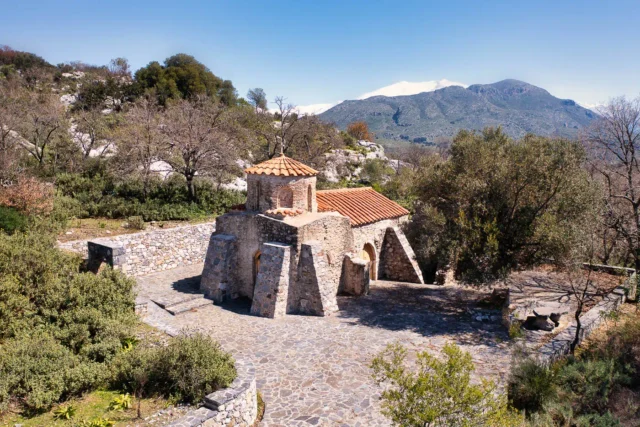
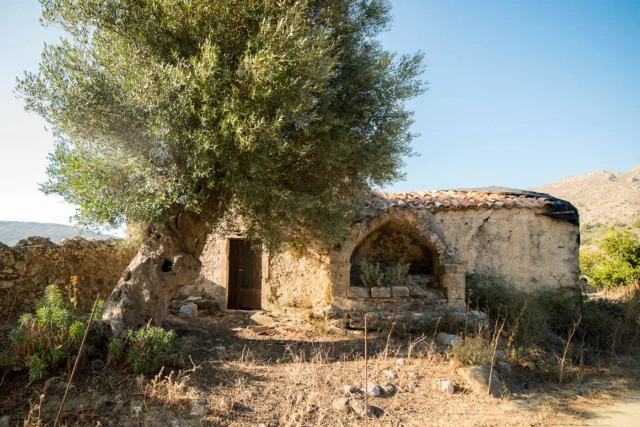
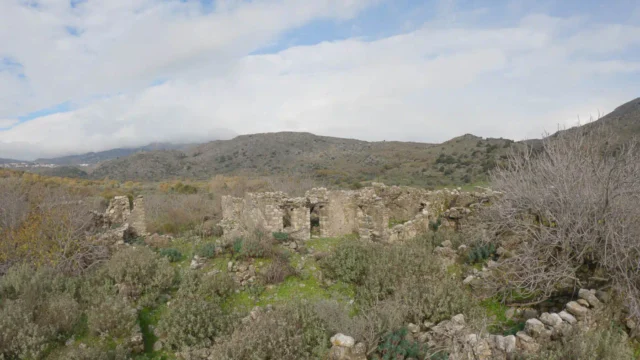


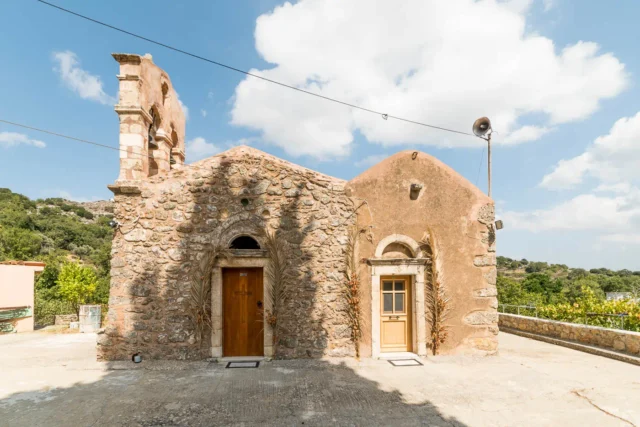
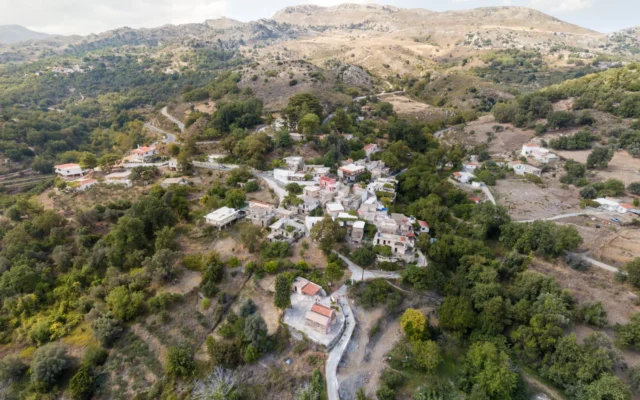

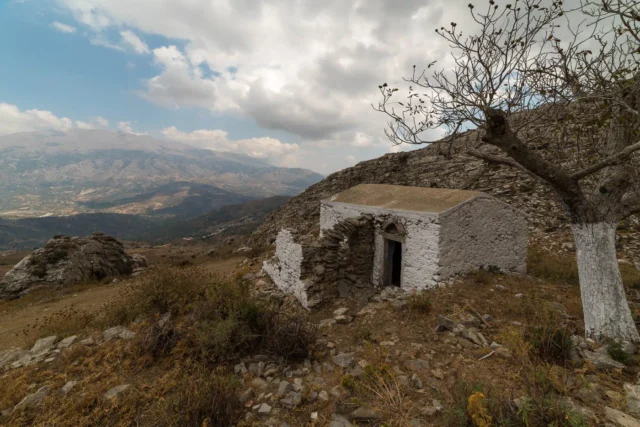
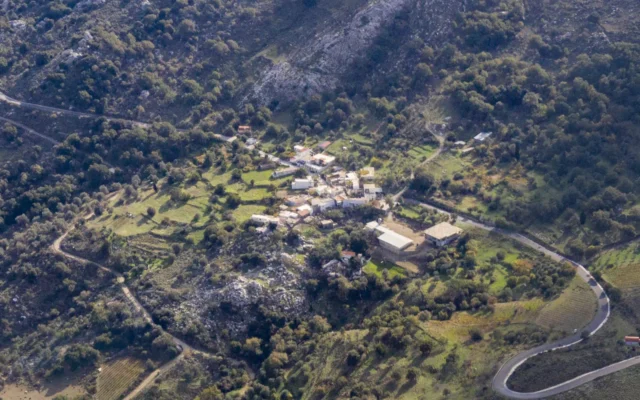

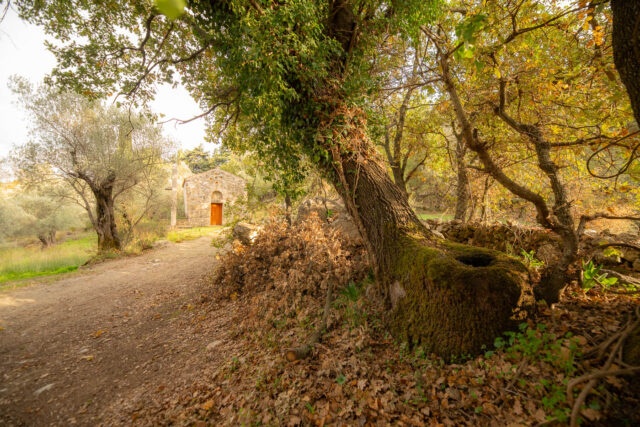
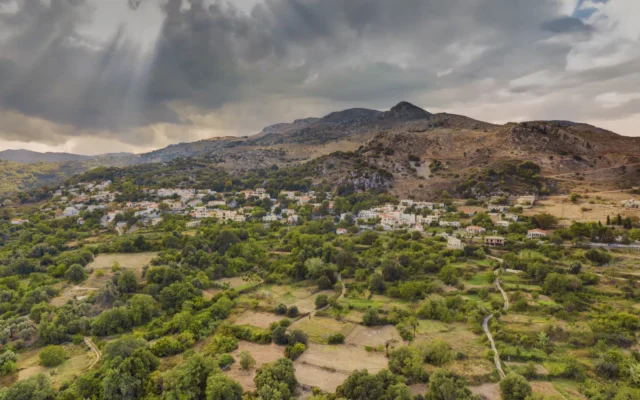
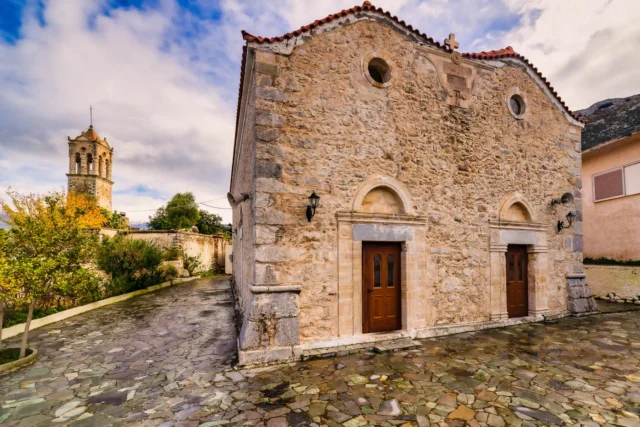
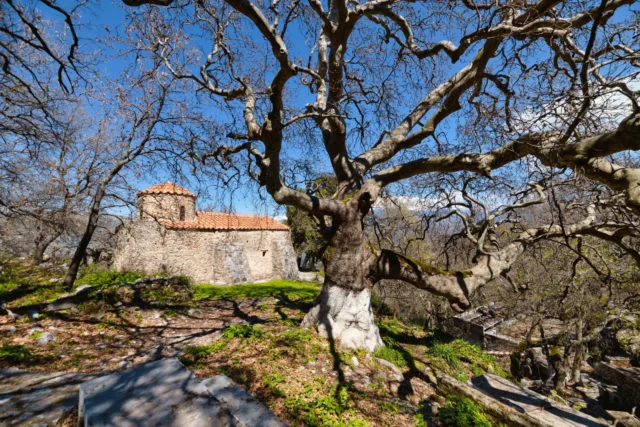
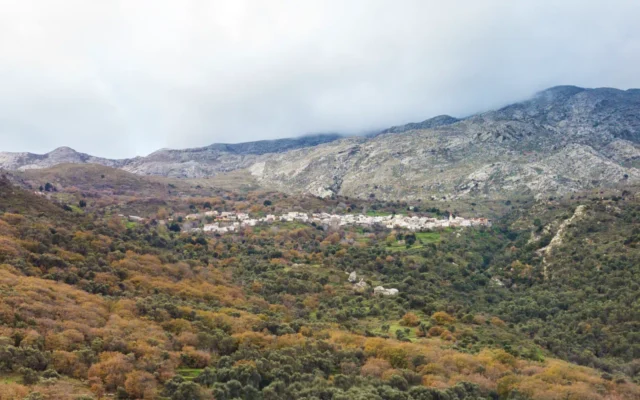
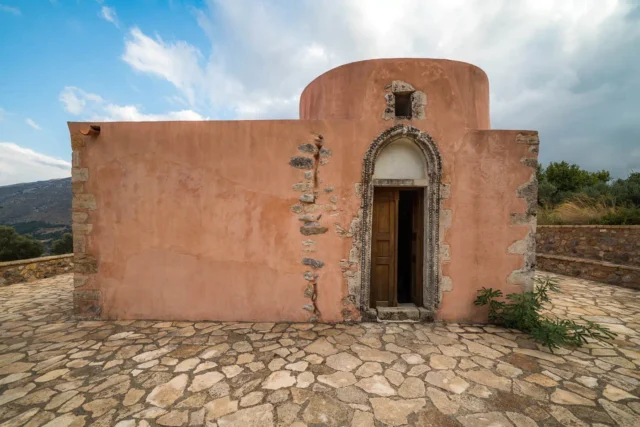
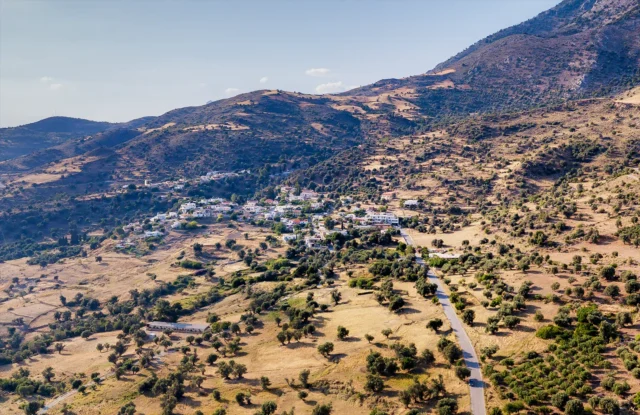

There are no comments yet.